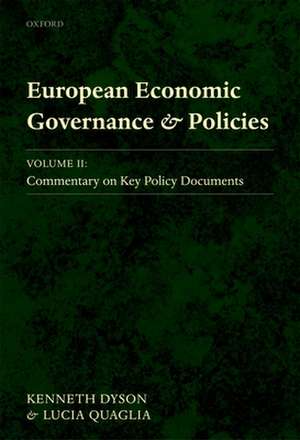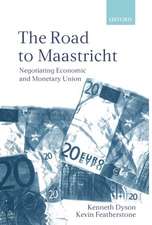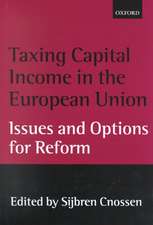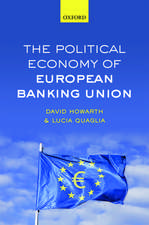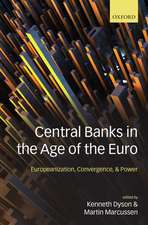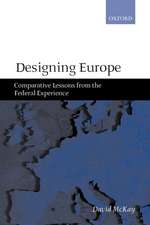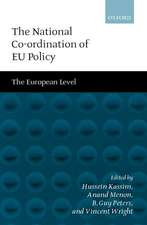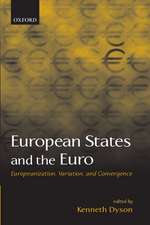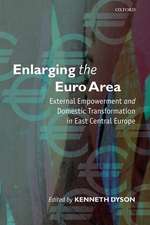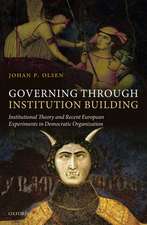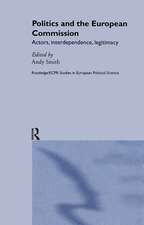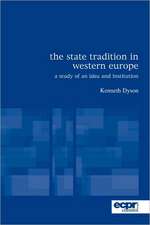European Economic Governance and Policies: Volume II: Commentary on Key Policy Documents
Autor Kenneth Dyson, Lucia Quagliaen Limba Engleză Hardback – dec 2010
| Toate formatele și edițiile | Preț | Express |
|---|---|---|
| Hardback (2) | 518.41 lei 31-38 zile | |
| OUP OXFORD – 21 oct 2010 | 518.41 lei 31-38 zile | |
| OUP OXFORD – dec 2010 | 766.54 lei 31-38 zile |
Preț: 766.54 lei
Preț vechi: 1522.66 lei
-50% Nou
Puncte Express: 1150
Preț estimativ în valută:
146.67€ • 153.14$ • 121.39£
146.67€ • 153.14$ • 121.39£
Carte tipărită la comandă
Livrare economică 24-31 martie
Preluare comenzi: 021 569.72.76
Specificații
ISBN-13: 9780199594528
ISBN-10: 019959452X
Pagini: 942
Dimensiuni: 193 x 254 x 60 mm
Greutate: 1.74 kg
Editura: OUP OXFORD
Colecția OUP Oxford
Locul publicării:Oxford, United Kingdom
ISBN-10: 019959452X
Pagini: 942
Dimensiuni: 193 x 254 x 60 mm
Greutate: 1.74 kg
Editura: OUP OXFORD
Colecția OUP Oxford
Locul publicării:Oxford, United Kingdom
Notă biografică
Kenneth Dyson is Research Professor in the School of European Studies, Cardiff University. He is a Fellow of the British Academy, Fellow of the Royal Historical Society, and Academician of the Learned Societies of the Social Sciences. He has written numerous books and complied various edited volumes on the history and politics of Economic and Monetary Union in Europe, all based on major funded projects. His State Tradition in Western Europe is reissued in the ECPR Classics Series with a substantial author's preface.Lucia Quaglia is a senior lecturer at the University of Sussex and Visiting Fellow at the RSCAS, EUI, 2009-2010. Her most recent research monographs are Governing Financial Services in the European Union (2010) and Central Banking Governance in the EU: A Comparative Analysis (2008), both published by Routledge in the UACES series. She is the guest co-editor of the 2009 special issue 'European Perspectives on the global financial crisis' of the Journal of Common Market Studies.
Recenzii
the reader is not only provided with a detailed view of how the Euro was born (and who was responsible for its eventual birth defects) but also with a perspective of the different possible ways of understanding the role and place of monetary union in European integration, something to which the first historical subsection contributes brilliantly.
